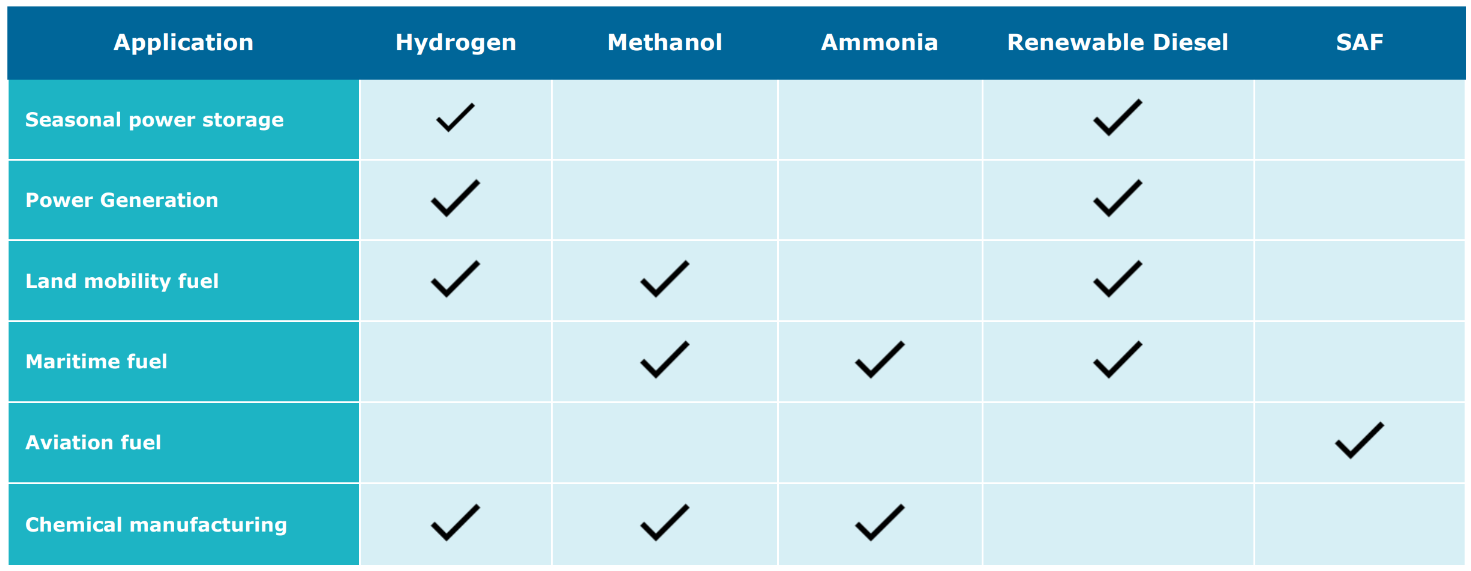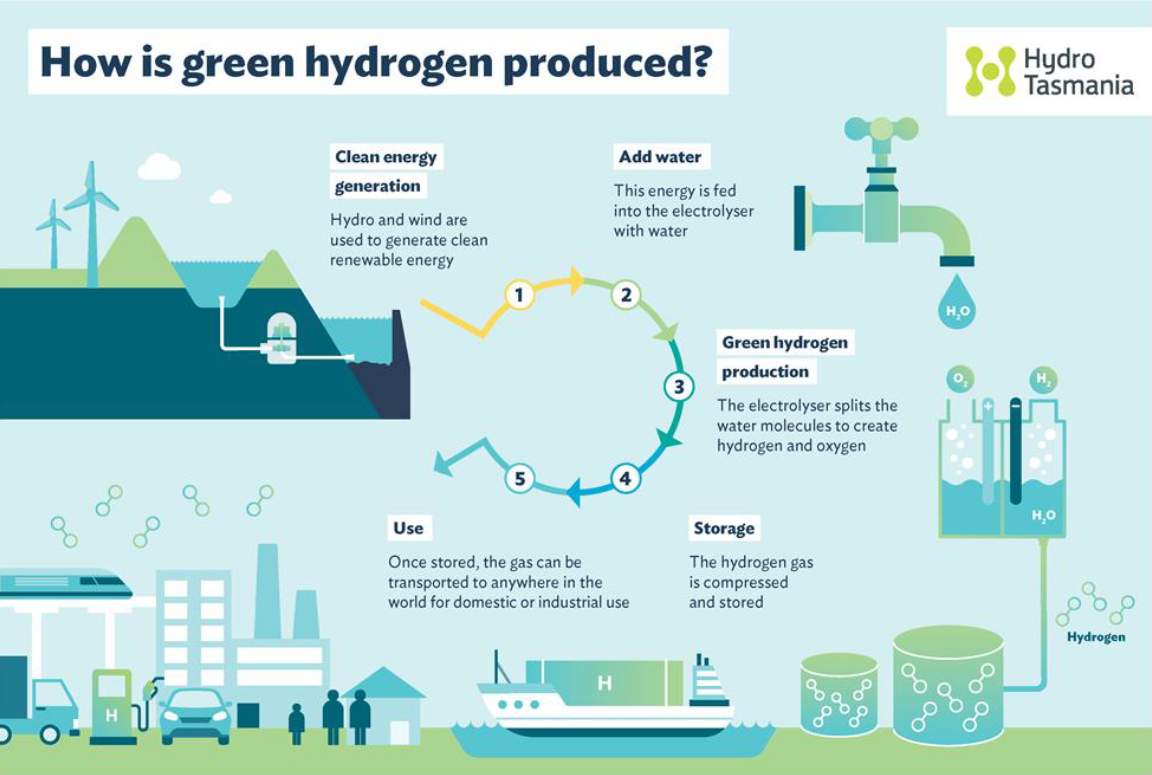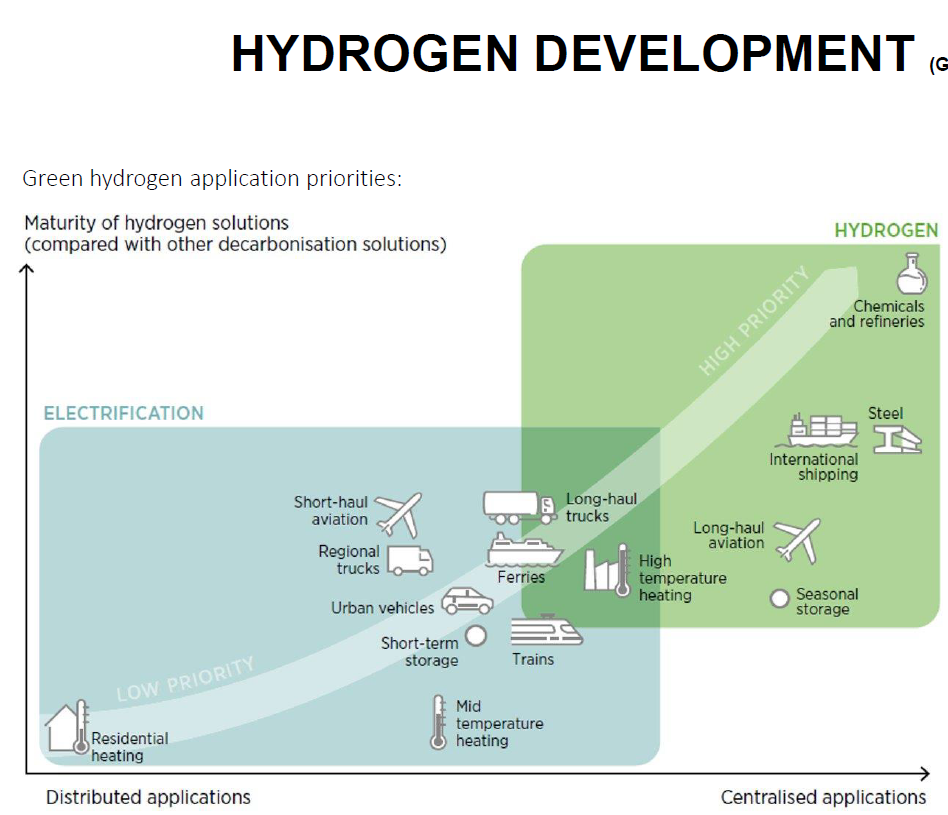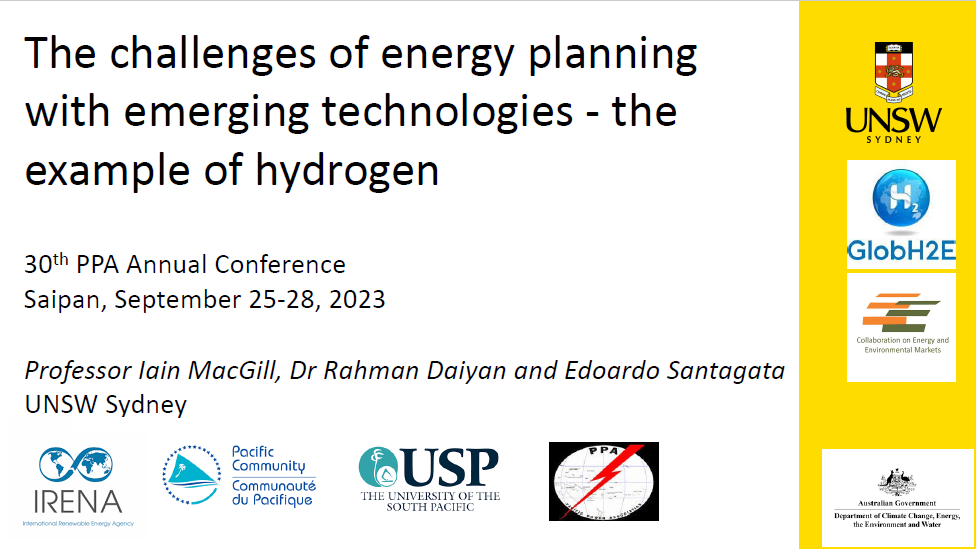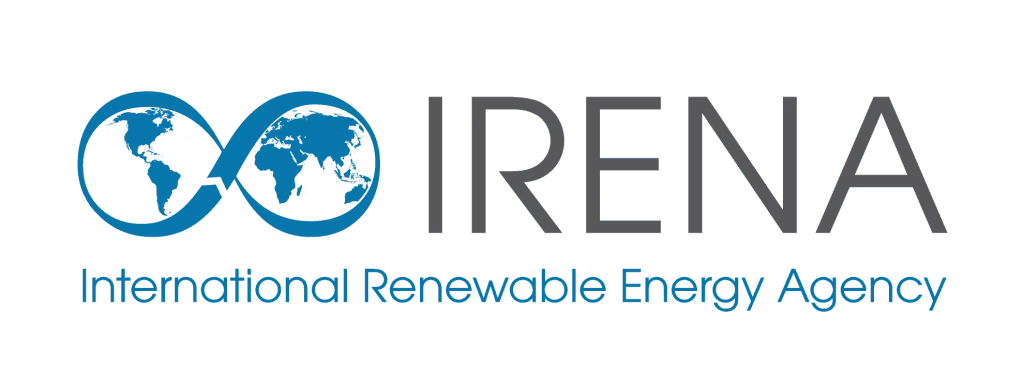The Need for a Hydrogen Economy: The Pacific Island Countries and Territories (PICTs) despite being a negligible consumer of fossil fuels and contributor to global emissions, are exposed to ever-increasing climate risks that threaten their ecologies and economies. Further, they face energy security challenges due to their heavy reliance on imported fossil fuels which supply the bulk of the region’s energy needs. Hydrogen and its derivatives can serve as a medium for leveraging regional renewable energy resources to enable wider penetration of clean energy across the power, industry, and mobility sectors to achieve energy security, NDCs, and a net zero future.
The Scope for a Hydrogen Economy: The displacement of fossil fuels across the energy chain in the PICTs lays a foundation for the hydrogen economy. The use of fossil fuels in these key domestic sectors roughly equates to 23 million barrels of diesel equivalent per year, which could potentially be replaced through electrification with renewables, as well as by green hydrogen or derivatives. In particular, the power sector consumes 14 million barrels of diesel equivalent, contributing 6 million tonnes of CO2 and US $1.3 billion worth of fossil fuel savings. The domestic land transport sector consumes an estimated 7.4 million barrels of diesel equivalent per year contributing 3.2 million tonnes of CO2 and US $680 million worth of fossil fuel imports. Similarly, the maritime and aviation sectors (critical to connecting remote and islanded communities) consume 1.4 million barrels of diesel equivalent contributing 0.7 million tonnes of CO2 and US $134 million worth of fossil fuel imports. Altogether, displacement of this fossil fuel demand with regionally generated H2 and derivatives will enhance local energy security, reduce emissions, and reduce the associated burden on the regional economies.
The Role of the Hydrogen Economy:
Hydrogen and derivatives can be used across the energy spectrum to displace fossil fuels. Key end uses have been identified within the PICTs region.
